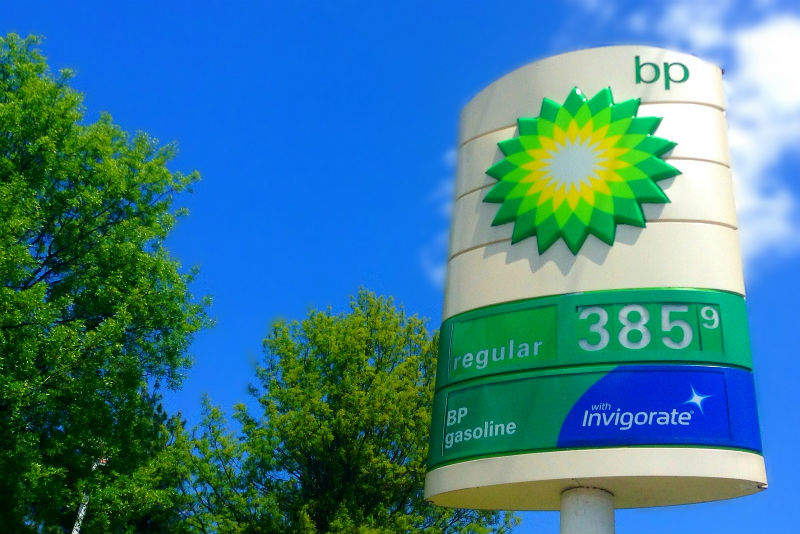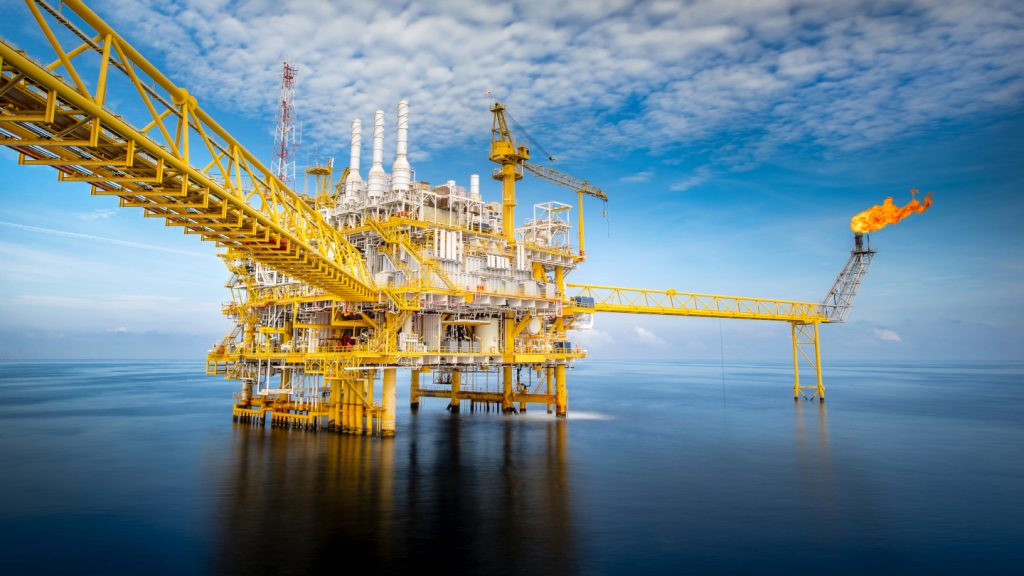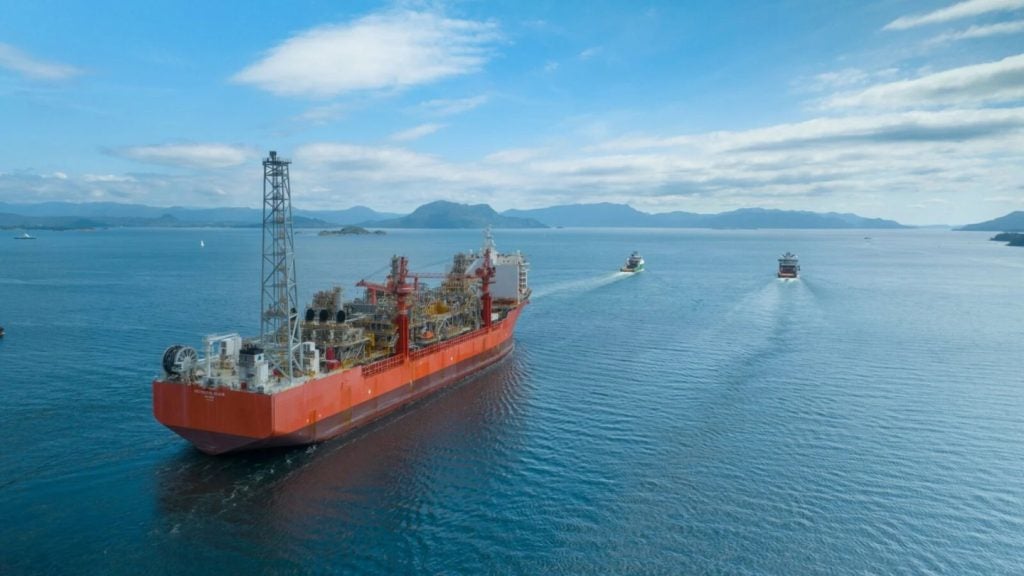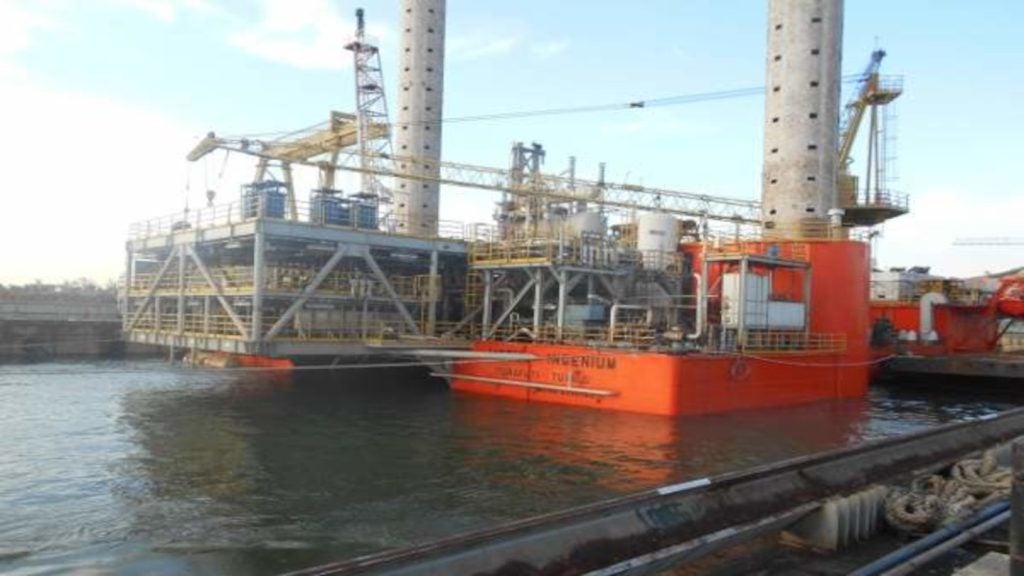
BP’s profits spiked in the second quarter (Q2) of 2018, leading to a rise in BP shareholder dividends for the first time in four years.
According to company-provided analysts, the underlying replacement cost (RC) profit, a proxy for net income, reached $2.8bn in Q2-2018. This figure grew fourfold since Q2-2017 when it was $684m, and exceeded the forecast $2.7bn. Following this, the company was able to increase BP shareholder dividends by 2.5% to 10.25 cents per share, the first hike since Q3-2014.
BP chief executive Bob Dudley said: “We changed our strategic direction six quarters ago; this is the sixth quarter in a row we’ve been at or above expectations. The company’s got momentum, it feels good.”
Higher oil prices and increasing production led to the fourfold rise in RC profit, according to the oil giant. BP said it is now ready to pursue further growth opportunities following the 2010 Deepwater Horizon oil spill and the multiyear energy industry downturn.
Dudley added: “You look at the oil price — we’re planning BP on $50 to $65 a barrel. That’s how we’re going to plan the company, we’re not going to get ahead of ourselves, we’re going to keep the capital discipline…We’ll probably be at the low end of that this year, yet you do see pricing and revenues coming through stronger because of the markets.”
BP chief financial officer Brian Gilvary said that the company was nearing the end of the financial costs associated with the oil disaster, reported to be around $65bn. Investors have been waiting for returns in the form of dividends and buybacks as profitability resurged.
How well do you really know your competitors?
Access the most comprehensive Company Profiles on the market, powered by GlobalData. Save hours of research. Gain competitive edge.

Thank you!
Your download email will arrive shortly
Not ready to buy yet? Download a free sample
We are confident about the unique quality of our Company Profiles. However, we want you to make the most beneficial decision for your business, so we offer a free sample that you can download by submitting the below form
By GlobalDataAs well as increased BP shareholder dividends, the company announced a $6bn share buyback scheme.
The recent acquisition of BHP’s shale assets for $10.5bn marked a turning point for the company’s US presence. Barclays oil and gas equity research analyst Lydia Rainforth said: “BP is taking actions to strengthen and upgrade its asset base.”
BP has initiated seven major projects last year, and three have been brought online this year in Russia, Egypt, and Azerbaijan. Three more projects are expected to come online before the end of the year.
Gilvary said that BP would only pursue further deals if they were in line with maintaining company debt levels and capital expenditure of around $15bn per year.
The new projects over the past year lifted output to 3.6 million barrels of oil equivalent per day, helping to boost exploration and production division profits from $710m last year to $3.5bn this year.
These projects helped to lift cash flows, excluding oil spill costs, to $7bn, up from $6.9bn in 2017. In the company’s downstream division, a small earnings increase occurred, which mitigated an overall loss in BPs oil trading division and refineries maintenance.
Gilvary added the small loss in oil trading was “nothing particularly extraordinary”. The company’s gearing – the ratio between debt and equity market value – was 27.8% at the end of this quarter, down from 28.8% in Q2-2017. Net debt fell from $39.8bn to $39.3bn over the same period.







